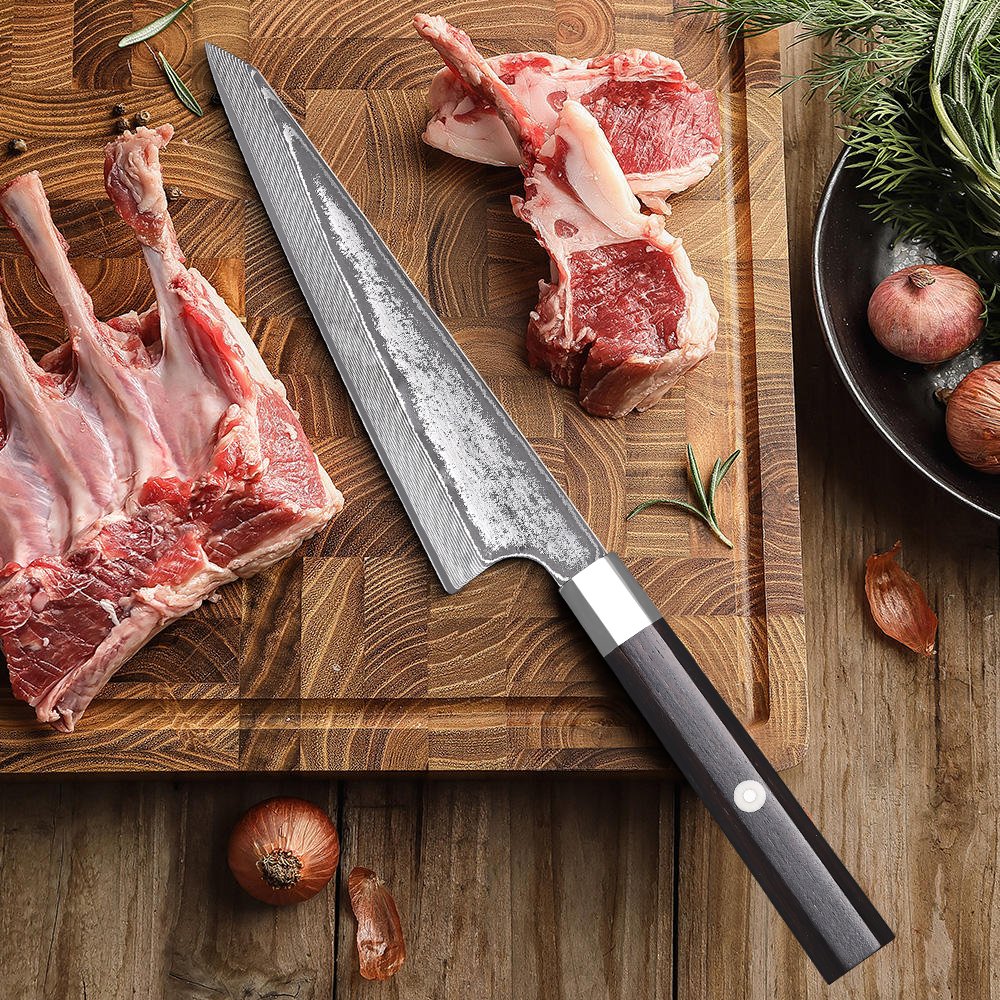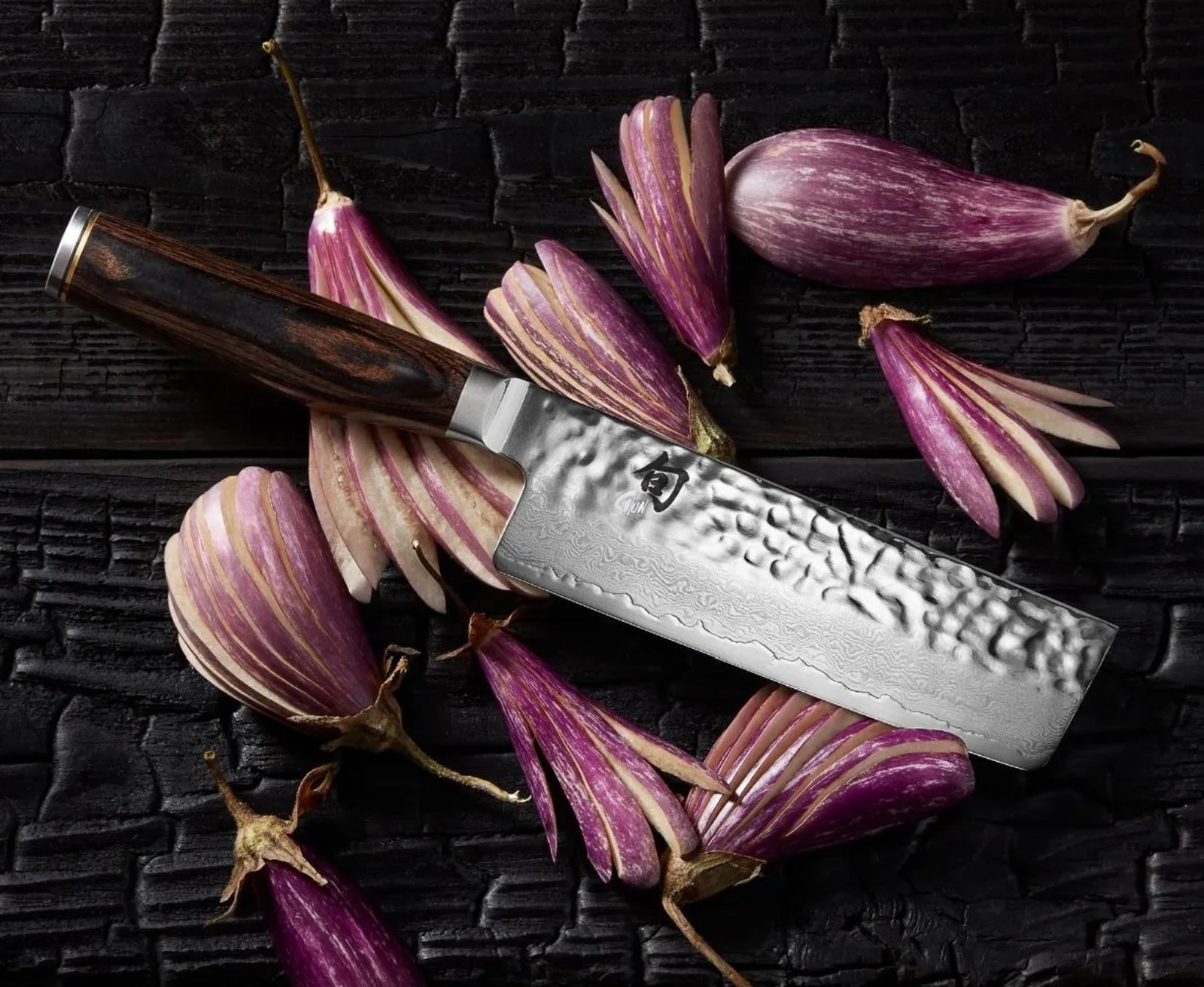The Best Chef’s Knife Under $100

Walk into any kitchen store and you’ll see rows of knives gleaming under the lights, some with price tags that make you wonder if they’re forged from unicorn horns. But here’s the truth: you don’t need to spend $200+ to get a chef’s knife that slices like a dream. In fact, some of the sharpest, most reliable blades live right under the $100 mark.
Let’s take a little tour through the knife block, shall we?
Why the Right Knife Matters
A chef’s knife isn’t just another tool—it’s the extension of your hand. It’s what turns a pile of onions into a silky soup base, or a stubborn squash into neat cubes. The right knife feels balanced, stays sharp, and makes you want to cook more. The wrong one? Well, that’s how takeout apps get their business.
The Contenders Under $100
Dalstrong has made a name for itself with bold designs and blades that look like they belong in a samurai movie. They’re forged in Yangjiang, China—a city famous for knife-making—and they pack a lot of performance for the price.
Misen takes a minimalist, direct-to-consumer approach. Their knives are clean, modern, and made with Japanese AUS-8/AUS-10 steel. They’ve built a cult following among home cooks who want pro-level sharpness without the markup.
Made In is a French-forged beauty. Their chef’s knife uses German steel, and it’s the kind of blade that feels like it could outlive your cutting board.
Shun, handcrafted in Seki City, Japan, is the gateway drug to high-end Japanese knives. Their entry-level models sometimes dip under $100, and they bring that razor-thin edge that makes slicing tomatoes feel like cutting air.

Victorinox Fibrox Pro is the workhorse. Affordable, lightweight, and beloved by culinary schools everywhere. It’s not flashy, but it gets the job done.
Mercer Genesis is another underdog—solid German steel, comfortable handle, and a price that leaves room in your budget for a good bottle of wine to go with dinner.
And then there’s KnifeForest. This is where things get interesting. Designed for chefs who want precision without the premium markup, KnifeForest knives are sharper than Zwilling (yes, we said it) and priced so you don’t have to choose between a great knife and groceries. They’re the sweet spot: affordable luxury that actually delivers.
| Brand | Origin / Made In | Key Features | Price Range |
|---|---|---|---|
| Knife Forest | Designed for chefs, affordable luxury / Made in Yangjiang, China | Sharper than Zwilling, premium steel, ergonomic handle | <$100 |
| Dalstrong | Made in Yangjiang, China | Bold designs, Japanese & German steel, lifetime warranty | ~$80–$100 |
| Misen | Manufactured in China (some parts in Japan/Taiwan) | AUS-8/AUS-10 steel, direct-to-consumer pricing | ~$65–$85 |
| Made In | Knives forged in France | X50CrMoV15 German steel, pro-level durability | ~$89–$99 |
| Shun | Handcrafted in Seki City, Japan | VG-MAX steel, traditional Japanese craftsmanship | Entry-level models ~$90–$100 |
| Victorinox Fibrox Pro | Switzerland | Lightweight, NSF-certified, great for beginners | ~$45–$60 |
| Mercer Culinary Genesis | Taiwan | Forged German steel, ergonomic Santoprene handle | ~$50–$70 |
So, Which One Should You Choose?
If you’re a student or just starting out, Victorinox or Mercer will serve you well. If you want something sleek and modern, Misen or Made In are great picks. If you’re drawn to Japanese craftsmanship, Shun is a classic.
But if you want the sharpness of a premium blade, the feel of a chef’s tool, and a price that makes sense—KnifeForest is the one to try. It’s the knife that proves you don’t need to overspend to cook like a pro.
The best chef’s knife under $100 isn’t about the brand stamped on the blade—it’s about how it feels in your hand, how it glides through food, and how it makes you want to cook again and again. With KnifeForest, you get all of that, plus the satisfaction of knowing you outsmarted the overpriced competition.
So go ahead—slice, dice, and chop your way to better meals. Your wallet (and your onions) will thank you.